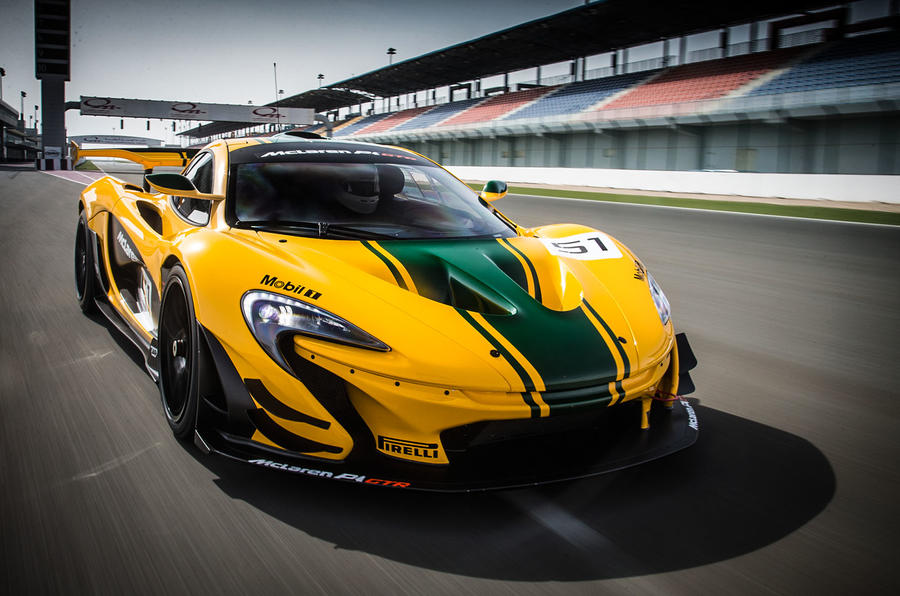If you’re reading this, then you’ll likely know at least a little of this car already. You’ll probably have clocked the McLaren P1 GTR’s £1.98 million price, done the maths and realised that’s fully £1.1 million more even than a P1.
You’ll have seen that 1000PS power figure, although you’ll probably not have lamented, like me, that McLaren couldn’t have made it 1014PS.
That would have enabled me to call it a genuine 1000bhp car, which, thanks to the always conservative way in which these figures are calculated, it undoubtedly is. But the calculator offers a rather less catchy 986bhp, and there it must stay.
Quite a lot, isn’t it? Of course, it’s no more than a Bugatti Veyron offered 10 years ago, but the difference is that whereas the Veyron weighed at least two tonnes, the P1 GTR has a dry weight of below 1400kg, despite its battery pack and hybrid powertrain. Even taking a kerb weight of 1440kg, that’s 685bhp per tonne.
You can see how easy it is to obsess over the bald numbers of such a car, and now that I’ve driven it as fast as I can make it go and until the only yelping was from the searing pain shooting through my neck muscles, I find that amusing.
The performance is interesting – very interesting, in fact. But it’s far less interesting than some of the other things that this car can do.















































